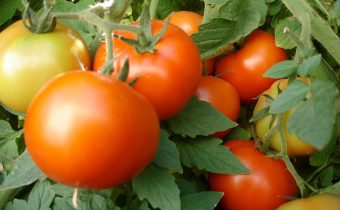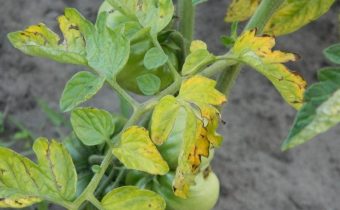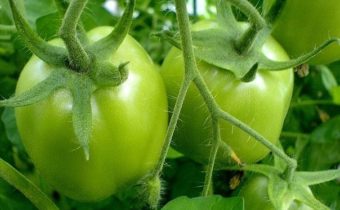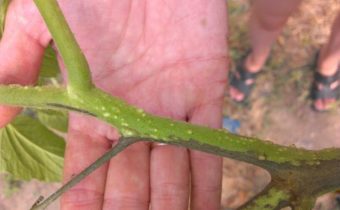Do I need to ration tomatoes?
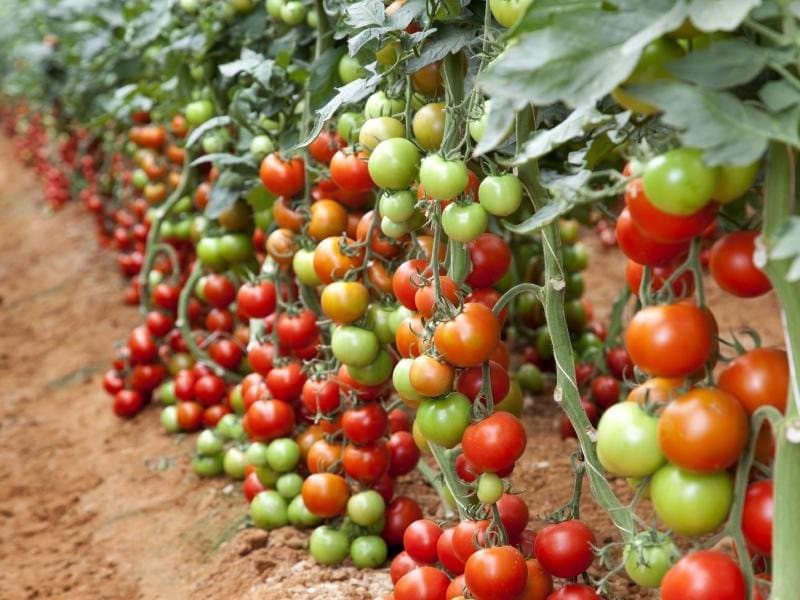
The gardener conducts rationing the number of tomato fruits on each bush, taking into account the climatic features of the region, the selected vegetable variety and the speed of its ripening, the size of the adult hand and the number of fruits on each. In the case when the summer resident grows a previously unknown variety, attention is paid to the frequency of the location of the brushes and the fullness of their ovary. Record the time period for which the tomatoes reach technical maturity and 100% ripening. Having collected the facts, the person analyzes them in order to draw practical conclusions at the beginning of July.
The time factor solves a lot
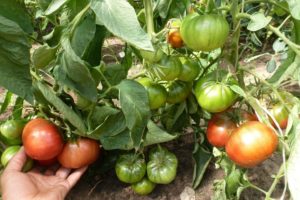 Comparison is the key to understanding the significance of the rationing procedure. The basis for taking the rate of ripening in June and July. Provided that the valuation was carried out correctly, by the end of July, the ripening rate of tomatoes will increase by almost 1/3 than in the previous month. Ignore circumcision is not worth it. In August, one way or another, you will have to remove all the unripe greens. It will only pull nutrients from the bush. Skeptics say that you can feed the plant with a large amount of fertilizer to accelerate the development of small shoots. This argument has no scientific basis.
Comparison is the key to understanding the significance of the rationing procedure. The basis for taking the rate of ripening in June and July. Provided that the valuation was carried out correctly, by the end of July, the ripening rate of tomatoes will increase by almost 1/3 than in the previous month. Ignore circumcision is not worth it. In August, one way or another, you will have to remove all the unripe greens. It will only pull nutrients from the bush. Skeptics say that you can feed the plant with a large amount of fertilizer to accelerate the development of small shoots. This argument has no scientific basis.
It has been repeatedly proven that mature only those tomatoes that reached a technical ripeness on a bush or, as the summer residents say, became “brown”.
Attention to details
The optimal time for trimming is mid-July. Pruning subject to traditional and early varieties. It is scientifically proven that even early ripe tomatoes are physically incapable of producing more than 6–9 brushes in a single summer. The given value must be adhered to. The average time it takes for the fetus to complete its formation is at least 35-40 days.
To determine when you need to pinch the top, you can as follows. Take into account the climatic features and general health of the bush. If before the onset of autumn cold weather remains 35-40 days or more, then you can safely pinch the tops. The bush ceases to grow in height. All forces are now being spent on accelerated ripening of fruits.
Every action must be verified.
Gardener first conducts inspection of the bush, after which it decides whether to remove its individual elements. First of all, cut off any inflorescences, on which the fruits did not appear. W style = "text-align: left; ory nuance - the brushes on which some of the fruits are fully formed, and some - remain in its infancy, must be removed, otherwise the bush will lose vitality. It will be spent on maintaining the unripe fetus.
Attention is given to the length of the brushes. The principle of operation is as follows. If at the beginning the brush has already formed several tomatoes, albeit medium-sized, and then the embryos come, then the latter can and should be safely removed. Do not leave stepchildren. They are formed on the hands. Remove inflorescences that are not tied up.
Gardener leaves the ovary, which, according to his calculations, will become technically mature by the time of the onset of cold weather.
Two common types of tomato development
Before you prune, pay attention to the predominant mechanism of seedling development - vegetative and generative.Botanists remind that division is very conditional, because a lot depends on the conditions in which the fruits grow. It is possible to determine what type of seedlings are based on visual signs.
| Vegetative type of development | Generative type of development |
| Powerful stalk. | Visually much higher. |
| The leaves are long. | The leaves are compact. |
| Pronounced dark green color. | With the increase in the size of the fruit bush slows growth in height. |
| Top of the head ends with leaves with a curled shape. | Dark green short leaves. |
| Pysynki are well developed. | The crown of the bush is always thin. |
| Long inflorescences end shoots and 1-3 flowers. | On short tassels are located up to 3 flowers. |
| Fruits slowly poured. | The upper brush is located at a distance of more than 15 cm from the top. |
| The flowers are characterized by a pronounced yellow color. | Fruits are tied at the same time. |
| Upper inflorescence is located at a height of 15 cm. |
Due to the fact that in seedlings with a vegetative type of development all the juices are directed to the development of leaves and roots, a good harvest cannot be obtained. Rationing in a similar situation will be useless. In bushes with a generative type of development, all juices are aimed at the development of fruits, but the roots are deprived of most of the nutrients. To prevent the loss of the crop will help regular feeding.
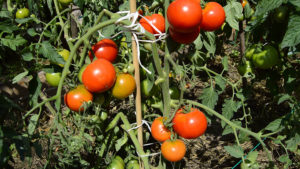
Summer resident should not allow dominance on a bed of plants with one of the two types of development listed. Before you buy seed, study the information on the packaging. Manufacturer specifies individual grade requirements. The second fact to take into account is the climate. For example, in regions with high levels of moisture, varieties with a generative mode of development behave like their vegetative counterparts.
Indoors, it is necessary to provide the tomatoes with an optimum temperature level within +15 +18 C. If there is no technical possibility to implement the project, then the choice is made in favor of varieties with a vegetative development mechanism.
Rationing the number of tomatoes - a mandatory procedure by which the summer resident increases the likelihood of obtaining a good harvest. Before you begin pruning, attention is paid to the variety and climatic features. Manipulation is carried out in early July. All long shoots and those on which tomatoes are developing unevenly are subject to removal. In addition to pruning resorts to agronomic methods of adjusting the number of tomatoes. It is about creating a temperature background at the level of + 15 + 18 C, a humidity level of at least 65 and at most 80%. Separately monitor the level of moisture in the soil. The lower it is, the more power the plant spends on the growth of the root system. As a result, the fruits do not receive the substances necessary for full growth.


